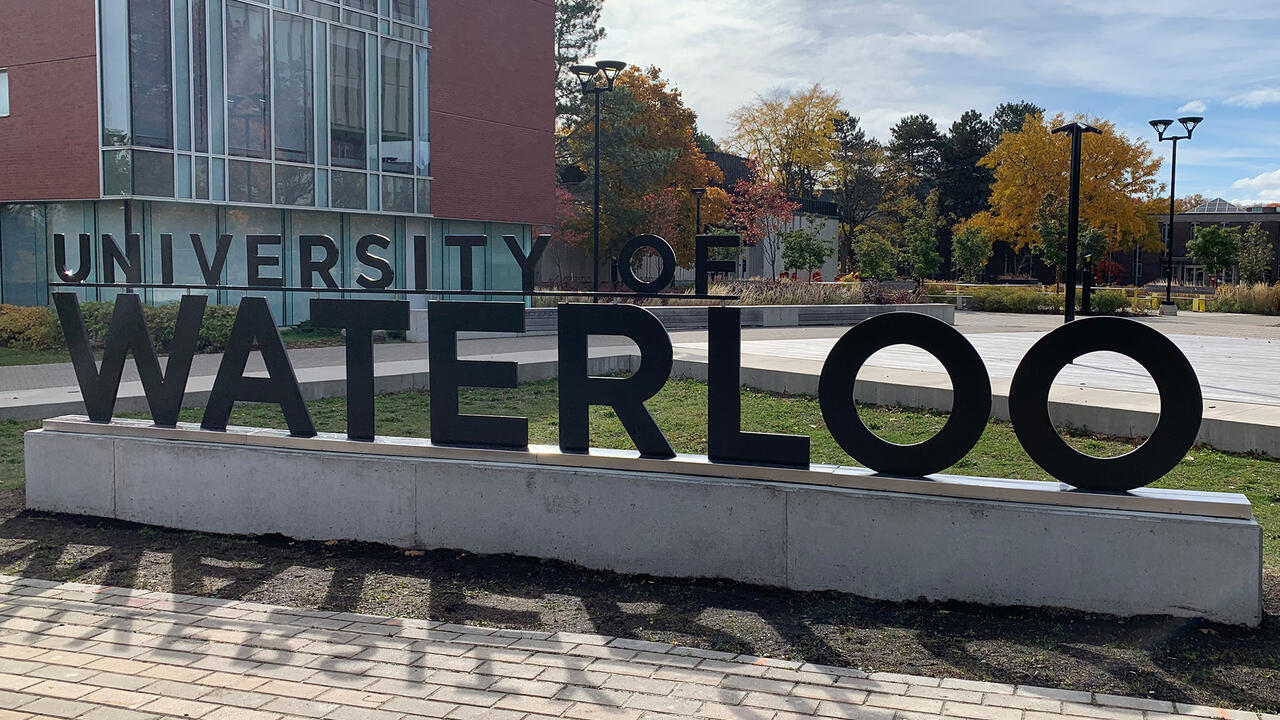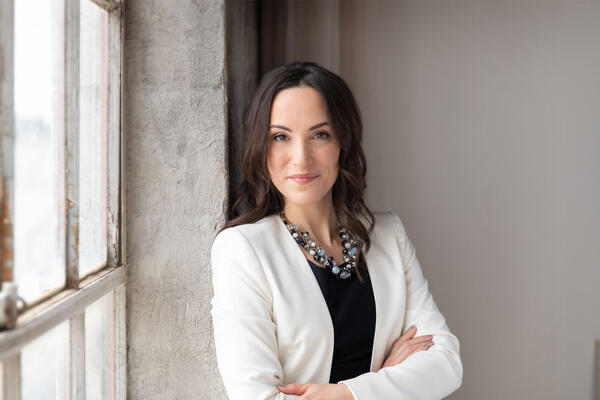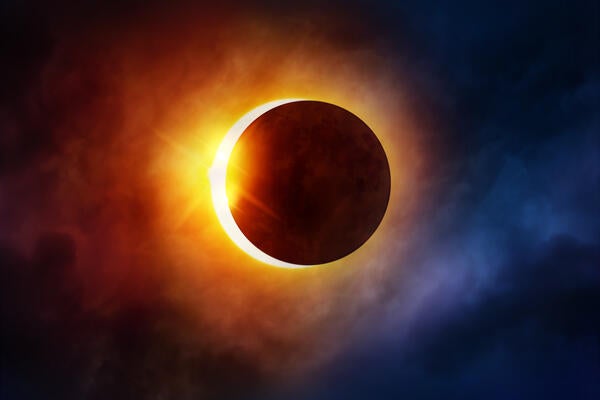
Top physicist to give public talk on the Sudbury Neutrino Observatory
A prominent expert in nuclear and particle physics will give a public lecture today on the Sudbury Neutrino Observatory (SNO) experiment at the University of Waterloo

A prominent expert in nuclear and particle physics will give a public lecture today on the Sudbury Neutrino Observatory (SNO) experiment at the University of Waterloo
By Media RelationsWATERLOO, Ont. (Thursday, Oct. 6, 2011) - A prominent expert in nuclear and particle physics will give a public lecture today on the Sudbury Neutrino Observatory (SNO) experiment at the University of Waterloo.
Art McDonald, director of the SNO and a physics professor at Queen's University, will give a talk entitled Exploring the Universe from Two Kilometres Underground.
The SNO experiment and the new SNOLAB are buried two kilometres below the Earth's surface in the Creighton Mine in Sudbury, creating the lowest radioactivity laboratory on Earth. This remarkable underground observatory promises to unravel the laws of the physical universe by studying the tiny subatomic neutrino particle and searching for the elusive dark matter particle.
"This laboratory makes it possible to perform sensitive experiments to study fundamental questions about the basic laws of physics, the composition of our Universe and how it has evolved," said McDonald. "My lecture will describe how the observatory was built, the exciting science it’s performing, and its prospects for discovering dark matter."
"We are very pleased to welcome professor McDonald to our campus," said Brian McNamara, director of the Guelph-Waterloo Physics Institute and a professor of physics and astronomy. "Given the recent media interest in a European experiment that suggests neutrinos are able to travel faster than the speed of light, which challenges Einstein's theory of relativity, professor McDonald’s lecture is quite topical."
The lecture is hosted by the GWPI and the faculty of science. The event will be held on Thursday, Oct. 6 at 7 p.m. at the school of optometry, room 1129. Prior to the talk, coffee and dessert will be offered from 6:30 until 7 p.m.
Please RSVP to gwpi-public-lecture.eventbrite.com or call 519-888-4567 ext. 38804. Parking will be available for free in lot O and X, located off of Columbia Street West.
Image: Art McDonald, director, Sudbury Neutrino Observatory (SNO).
About GWPI
The Guelph-Waterloo Physics Institute (GWPI) began in 1981 and was Canada's first joint graduate program in physics. With over 80 faculty members and 130 graduate students, research interests and expertise of Guelph and Waterloo’s nearby campuses are combined to offer a wider range of courses and research in areas such as applied physics, astrophysics and gravitation, and biophysics. For more information, go to gwp.on.ca.
About the University of Waterloo
In just half a century, the University of Waterloo, located at the heart of Canada's Technology Triangle, has become one of Canada's leading comprehensive universities with 30,000 full- and part-time students in undergraduate and graduate programs. Waterloo, as home to the world's largest post-secondary co-operative education program, embraces its connections to the world and encourages enterprising partnerships in learning, research and discovery. In the next decade, the university is committed to building a better future for Canada and the world by championing innovation and collaboration to create solutions relevant to the needs of today and tomorrow. For more information about Waterloo, visit www.uwaterloo.ca.

Read more
The faculties of Science and Arts introduce a new theatre and performance course tailored to Science students

Read more
Pharmacy alum Stacey D'Angelo boosts patient health by deprescribing meds, focusing on holistic health, mental well-being and personalized medicine

Read more
Discover the science behind a solar eclipse in preparation for the once-in-a-lifetime occurrence on April 8
The University of Waterloo acknowledges that much of our work takes place on the traditional territory of the Neutral, Anishinaabeg and Haudenosaunee peoples. Our main campus is situated on the Haldimand Tract, the land granted to the Six Nations that includes six miles on each side of the Grand River. Our active work toward reconciliation takes place across our campuses through research, learning, teaching, and community building, and is co-ordinated within the Office of Indigenous Relations.